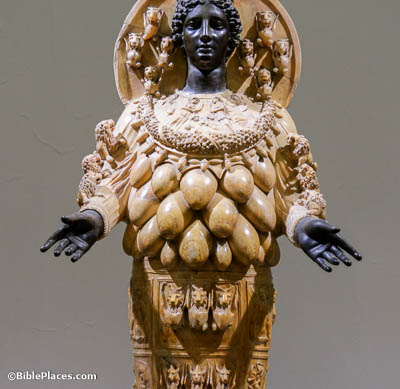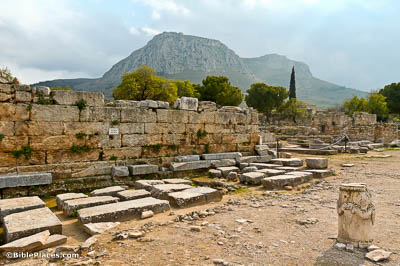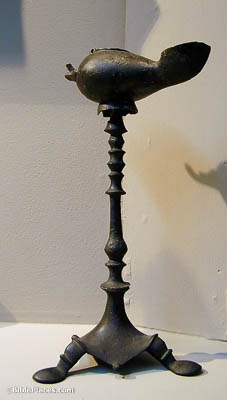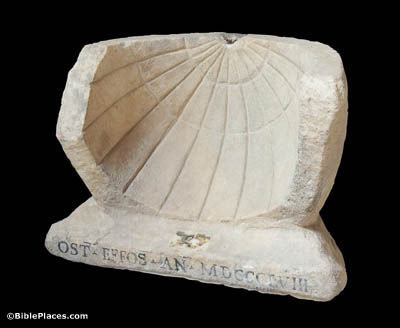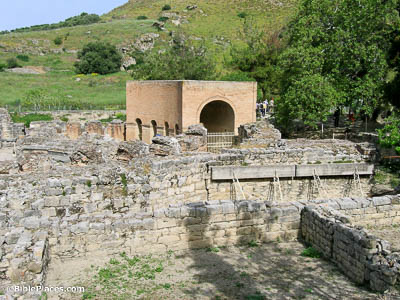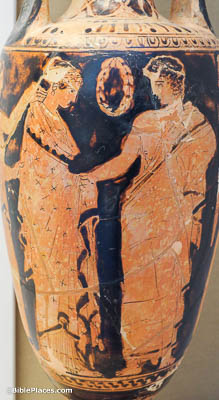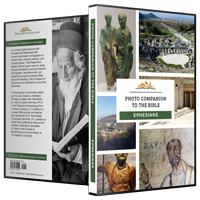No covetous person, who is an idolater, has an inheritance in the kingdom of Christ (Ephesians 5:5).
Physical idols were common in the Greco-Roman world. Four statues of Artemis (whom the Romans called Diana) were discovered in excavations at Ephesus in 1956. They were once part of the colossal Temple of Artemis located there, one of the Seven Wonders of the Ancient World. The so-called Great Artemis stands 9.5 feet tall (3 m) and dates to the reign of Trajan (AD 98–117). The so-called Beautiful Artemis is 5.7 feet (1.8 m) tall and dates to about the time of Hadrian (117–138). In addition, a smaller statue and a copy of the smaller statue were also found. The head, hands, and feet of the statue shown here are restored. The pendants hanging from her chest may be related to the numerous pendants made of amber that were also recovered from her temple at Ephesus.
